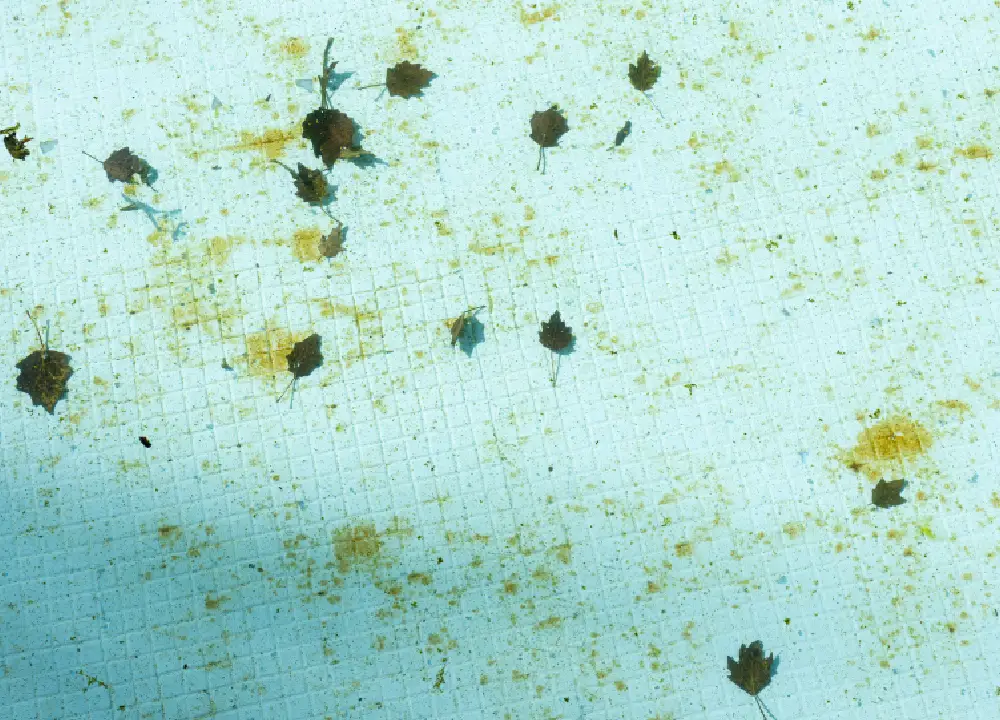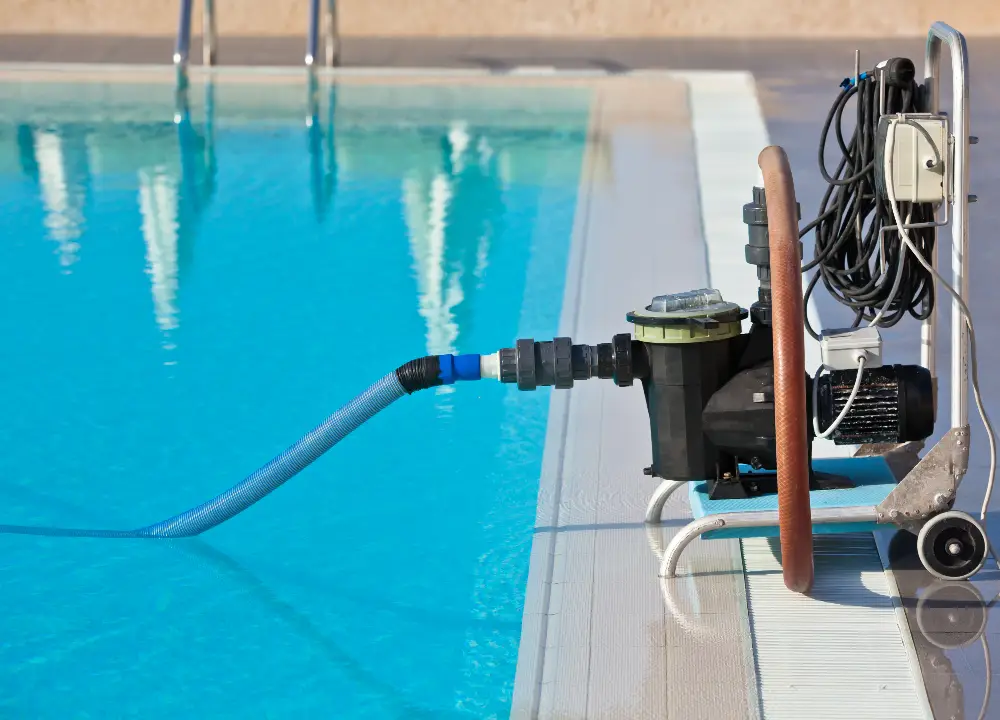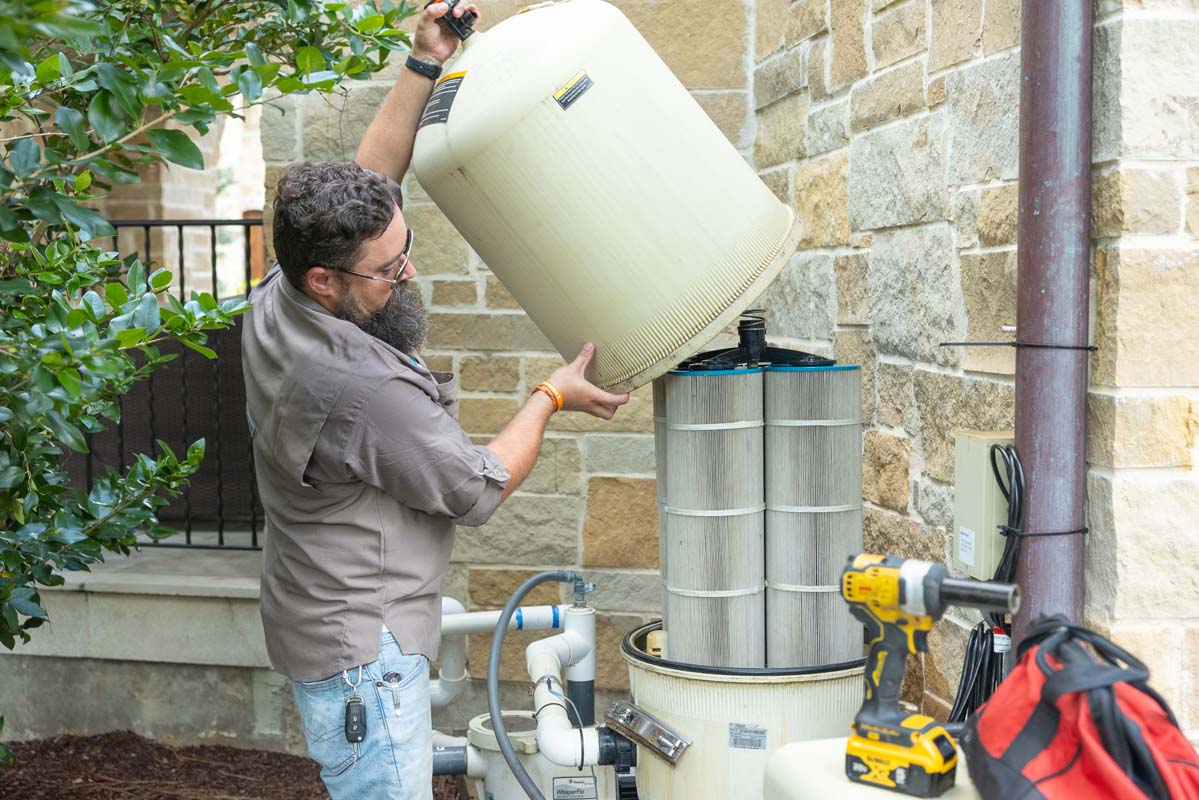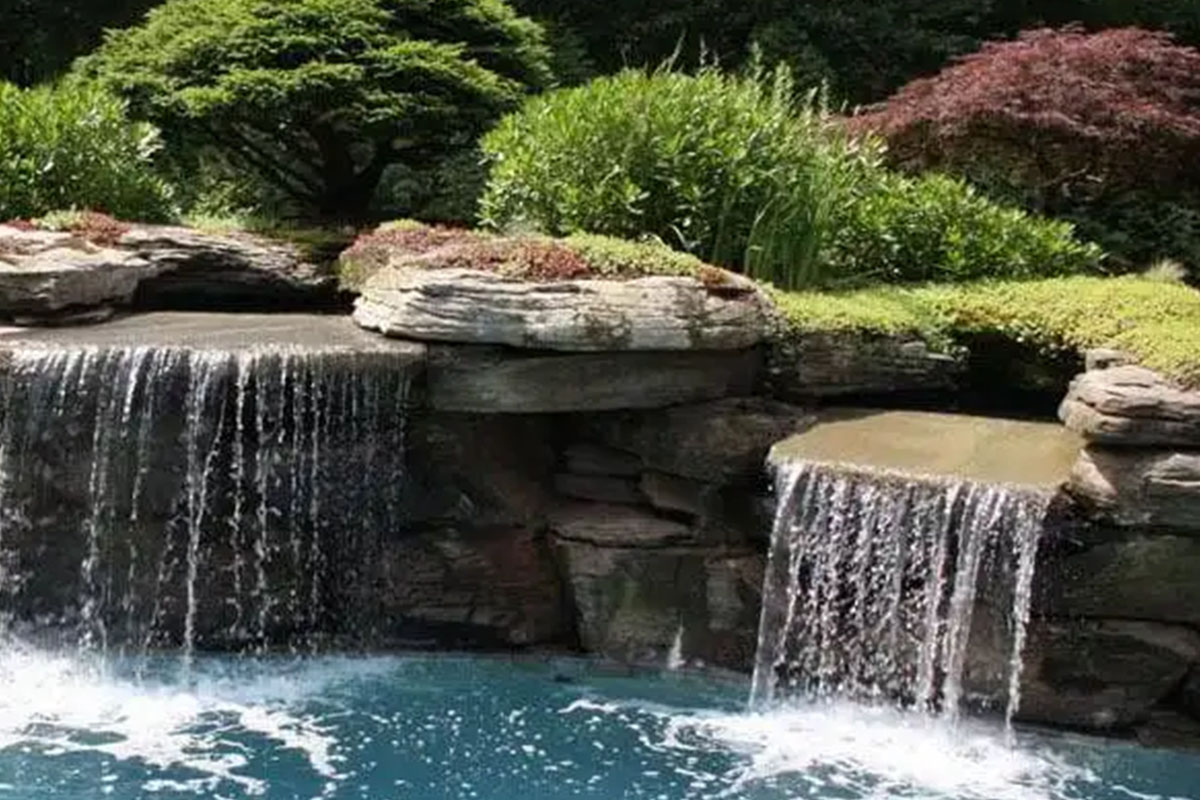Houston’s warm, humid climate creates the perfect environment for algae growth in pools. Without proper pool maintenance for algae control, homeowners can quickly find themselves dealing with cloudy water, slimy surfaces, and green, yellow, or even black algae outbreaks. Regular upkeep is key to preventing these unwelcome guests from taking over your pool.
Why Algae Grows in Pools and How to Stop It
Algae thrive in warm, stagnant, and unbalanced water. When pool chemistry is off, filtration is inadequate, or debris accumulates, algae spores can multiply rapidly. Understanding the root causes of algae growth will help prevent future outbreaks.

Common Causes of Algae Growth
- Unbalanced water chemistry – Incorrect pH, chlorine, or alkalinity levels create an ideal environment for algae.
- Poor circulation and filtration – Stagnant water allows algae spores to settle and grow.
- Inadequate sanitation – Low chlorine or bromine levels encourage algae growth.
- Organic debris – Leaves, pollen, and dirt introduce nutrients that feed algae.
To keep your pool water pristine, regular testing and maintenance are necessary. Skimming debris, brushing walls, and ensuring proper circulation will help prevent algae from becoming a persistent problem.
Best Practices for Algae Prevention
Preventing algae requires a consistent maintenance routine. Here are some essential steps to follow:
1. Balance Your Pool Chemistry
Test your pool water at least twice a week, especially during Houston’s hotter months. Maintain the following levels:
- pH: 7.2 – 7.6
- Chlorine: 1.0 – 3.0 ppm
- Alkalinity: 80 – 120 ppm
Keeping these levels within range prevents algae from thriving and keeps your pool water safe for swimming.

2. Run Your Pool Pump and Filter Regularly
A properly functioning pump and filtration system removes contaminants before they can contribute to algae growth. Run your pool pump for at least 8-12 hours per day during the summer to keep the water circulating efficiently.
3. Brush and Vacuum Your Pool Weekly
Algae love to cling to pool surfaces, especially in shady corners and around steps. Brushing the walls and floor at least once a week disrupts algae growth. Vacuuming removes any loosened debris before it has a chance to spread.
4. Shock Your Pool as Needed
Shocking your pool with a high dose of chlorine kills algae spores before they can take hold. Use a pool shock treatment weekly or after heavy rain, increased pool usage, or signs of algae growth.
5. Use an Algaecide
Adding an algaecide as a preventative measure, especially during peak algae season (spring and summer), provides an extra layer of protection.
Removing Algae: Steps to Restore Your Pool
If algae have already taken hold, don’t panic. You can restore your pool’s crystal-clear appearance with these steps:
1. Identify the Type of Algae
- Green Algae: The most common and easiest to remove.
- Yellow/Mustard Algae: More stubborn, typically found in shaded areas.
- Black Algae: The hardest to eliminate, requiring aggressive treatment.
2. Brush and Vacuum the Pool
Scrubbing algae off pool surfaces is crucial to removal. Use a stiff-bristled brush for concrete pools or a softer brush for vinyl liners. Vacuum the loosened debris immediately.
3. Shock the Pool with Chlorine
Use 3-5 times the normal dose of pool shock for green algae and even more for yellow or black algae. Run the pump continuously for 24 hours to circulate the treatment.

4. Maintain Filtration and Continue Brushing
Your filter will trap dead algae, so backwash or clean it frequently. Continue brushing daily until all signs of algae are gone.
5. Test and Balance the Water
After treating the algae, check chemical levels and adjust as needed to prevent recurrence.
Local Considerations for Houston Pool Owners
In Houston and nearby areas like Sugar Land, The Woodlands, and Katy, pools are a backyard staple. However, Houston’s high humidity and occasional heavy rain create the perfect storm for algae growth. During the rainy season, be proactive about checking chlorine levels and circulation to prevent algae from flourishing after a downpour.
Additionally, Houston’s pollen season can contribute to algae outbreaks by introducing organic debris into pools. Regular skimming and filtration are vital in these months to keep your pool water clean and algae-free.
Enjoy a Pristine Pool Year-Round
By staying on top of pool maintenance for algae control, you can enjoy a clear, refreshing swimming experience all year. Preventative care is always easier and more cost-effective than treating an algae bloom after it appears.
If you need professional assistance keeping your pool in top shape, Manning Pool Service provides expert maintenance, cleaning, and algae prevention services for Houston homeowners. Contact us today to ensure your pool stays algae-free and crystal clear!




